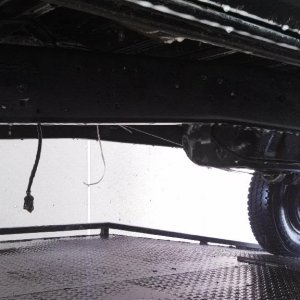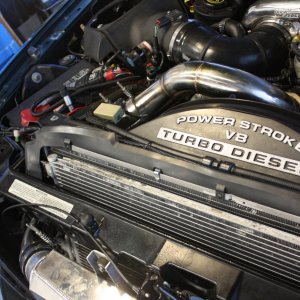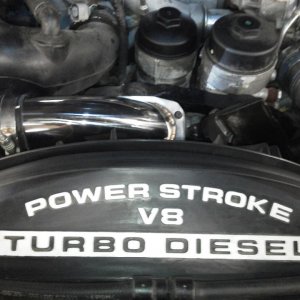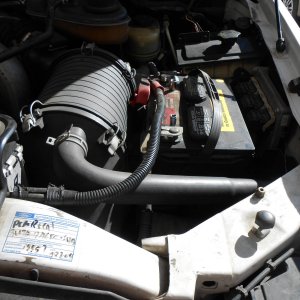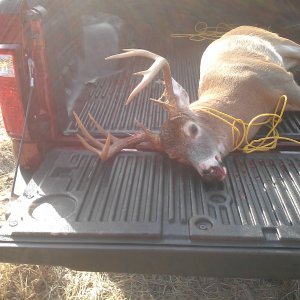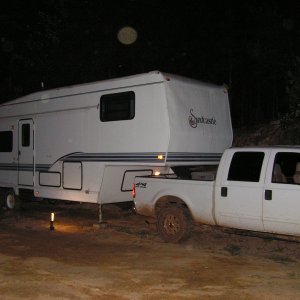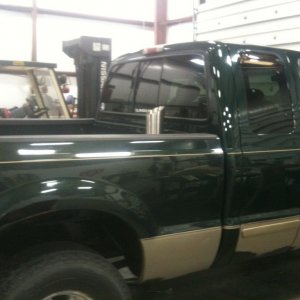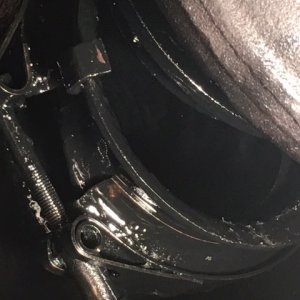Not to pick on you but I am so deal with it.

oke:
This is what is wrong with threads like this - here we have someone that has taken the stock springs to 4K RPMs and 30lbs of boost - and several people would read this to mean that everything is OK - hell nothing broke right? I would lay money that he has valve to piston contact (unless the motor is setup to not meet manufacturer specs, or he has pistons with valve reliefs cut into them).
Setting up valve springs so they don't float is a function of boost, backpressure, RPM, and cam profile. Setting up valves so they do not contact the valves is a function of piston to head clearance, valve recession (or protrusion), cam timing, plus all the features that prevent valve float.
Personally - I think these motors should not spin over about 3800 or so using the stock clearances provided no matter what valve spring you've chosen.
Evidence of piston to valve contact using beehive springs:

Am I saying that beehive springs are horrible? Hell no - but you'll find that this motor had incredibly tight piston to head clearances as it was setup from the builder - that made the setup not take kindly to RPMs no matter what valve spring was installed.
Evidence of insufficient piston to head clearance:

The point I am getting at is it is about the entire setup, not just one magic bullet part - and just because there is an issue with a setup does not mean it is readily noticeable - no one knew that the pistons were hitting the heads in this motor until I tore it down due to a blown head gasket/coolant leak. No one would have guessed that it had one mis-matched piston, no one would have guess that the decks were cut off plane, no one would have guess that the crank was actually bent. It just leaked coolant. Just because it starts and runs, and nothing noteworthy and noticeable is going on with the naked eye does not mean that everything is all happy and rosey with a particular setup.
Just my two cents on the matter.




